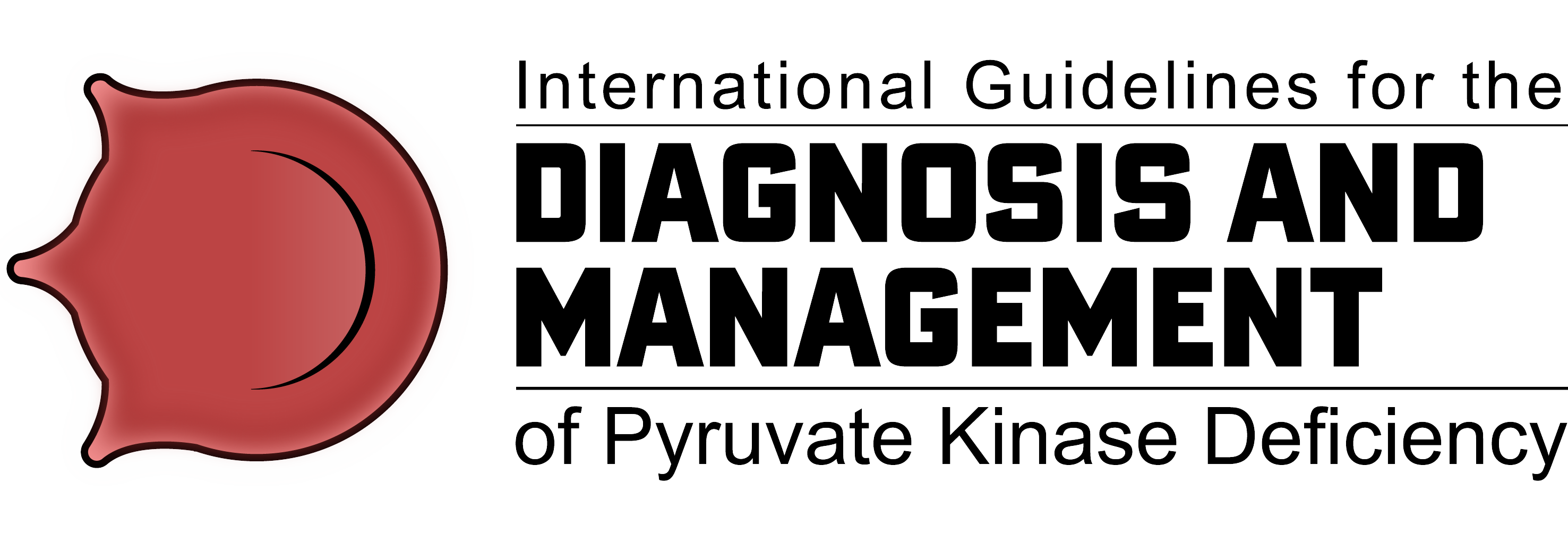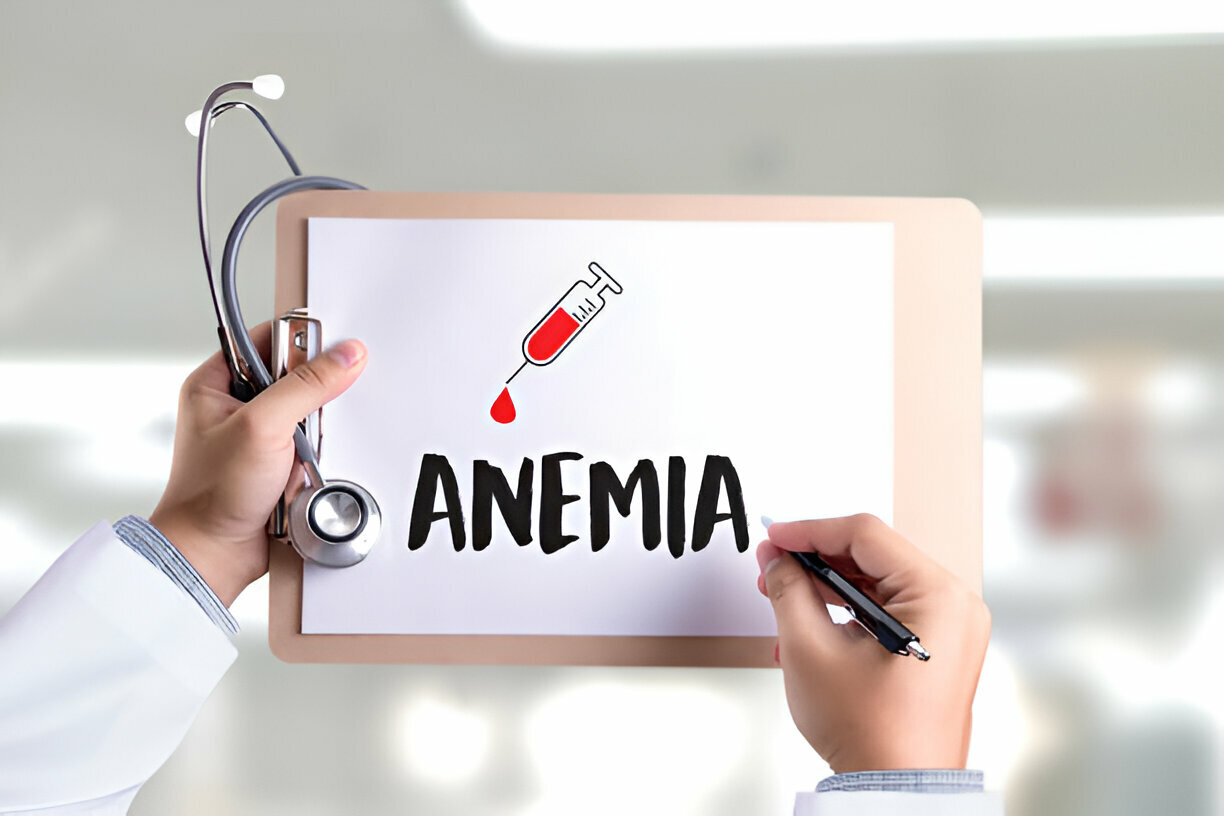Anemia is a common condition affecting millions of people worldwide. It occurs when the blood lacks enough healthy red blood cells. These cells carry oxygen to the body’s tissues. Without them, you may feel weak or tired. Understanding anemia’s causes is essential for proper treatment and prevention.
Iron-Deficiency Anemia
Anemia has many causes. Sometimes, it stems from a lack of nutrients. Iron deficiency is one of the most frequent culprits. Without enough iron, the body cannot produce sufficient hemoglobin. Hemoglobin is the protein in red blood cells responsible for carrying oxygen. This type of anemia, known as iron deficiency anemia, is widespread. It often results from poor diet, blood loss, or certain medical conditions.
Vitamin Deficiency Anemia
Vitamin deficiencies also contribute to anemia. A lack of vitamin B12 or folate can impair red blood cell production. This condition is called megaloblastic anemia. It’s marked by the presence of abnormally large and immature red blood cells. People with poor dietary habits or absorption issues are at higher risk. Additionally, certain medications can interfere with the absorption of these essential vitamins.
Anemia of Chronic Disease
Chronic diseases often lead to anemia as well. This type, known as anemia of chronic disease, occurs in people with long-term illnesses. Conditions like kidney disease, cancer, or rheumatoid arthritis can disrupt red blood cell production. In these cases, anemia is usually a secondary issue. Treating the underlying disease is crucial to managing the anemia.
Anemia from Blood Loss
Blood loss is another common cause. It can occur suddenly or over time. Acute blood loss from injury or surgery can quickly lead to anemia. However, chronic blood loss is more insidious. It often arises from gastrointestinal issues such as ulcers or polyps. Women may also experience it due to heavy menstrual cycles. Identifying and treating the source of blood loss is essential.
Genetic Disorders and Anemia
Inherited conditions can also lead to anemia. One such condition is pyruvate kinase deficiency. This is a rare genetic disorder affecting red blood cell metabolism. It results in the premature breakdown of red blood cells, leading to anemia. Pyruvate kinase deficiency treatment focuses on managing symptoms and preventing complications. Blood transfusions and splenectomy are common interventions. Family PK deficiency screening is recommended for at-risk individuals.
Sickle cell anemia is another inherited disorder. It causes red blood cells to become misshapen. These cells break down easily and can block blood flow. This leads to pain, organ damage, and severe anemia. Managing sickle cell anemia requires ongoing care and specialized treatments.
Infection-Related Anemia
Certain infections can trigger anemia. Malaria is a prime example. This disease destroys red blood cells, causing severe anemia. Parasitic infections like hookworm can also lead to iron-deficiency anemia. In these cases, treating the infection is the first step toward recovery.
Bone Marrow Disorders and Anemia
Bone marrow disorders can disrupt red blood cell production. Aplastic anemia, for example, occurs when the bone marrow fails to produce enough blood cells. This rare condition can be life-threatening. Treatment often includes bone marrow transplants or immunosuppressive therapy.
Toxic Substances and Anemia
Exposure to toxic substances can also cause anemia. Chemicals, heavy metals, or certain medications can damage red blood cells or bone marrow. For example, lead poisoning interferes with hemoglobin production. Avoiding exposure and seeking medical intervention is crucial.
Autoimmune Hemolytic Anemia
In some cases, the immune system attacks red blood cells. This is known as autoimmune hemolytic anemia. It’s a rare but serious condition. Symptoms can range from mild to severe. Treatment often involves medications to suppress the immune response.
Cancer-Related Anemia
Cancer can also be a contributing factor. Leukemia and lymphoma affect the blood and bone marrow directly. These conditions can interfere with red blood cell production. Chemotherapy and radiation may worsen anemia. Close monitoring and supportive treatments are often necessary.
Risk Factors for Anemia
Anemia doesn’t always have a clear cause. In some cases, multiple factors may contribute. Age, gender, and overall health play significant roles. Women of childbearing age are more likely to experience anemia due to menstruation and pregnancy. Older adults may develop it due to chronic illnesses or poor nutrition.
Prevention and Early Intervention
Preventing anemia requires a proactive approach. Eating a balanced diet rich in iron, B12, and folate is essential. Foods like leafy greens, lean meats, and fortified cereals are excellent choices. Regular check-ups can help identify issues early. For those with genetic conditions like pyruvate kinase deficiency, family pyruvate kinase deficiency screening is invaluable. Early intervention can make a significant difference.
Treatment Options for Anemia
Treatment depends on the cause. Iron supplements are commonly prescribed for iron deficiency anemia. Vitamin B12 injections or folate tablets address vitamin deficiencies. Managing chronic diseases often improves anemia. In severe cases, blood transfusions or bone marrow transplants may be necessary. For genetic conditions, specialized care is essential.
Final Thoughts
Anemia is a complex condition with many causes. Identifying the underlying issue is key to effective treatment. Whether it’s due to nutrient deficiencies, chronic disease, or genetic factors, proper care can improve quality of life. Anemia doesn’t just cause fatigue; it can significantly impact overall health. By maintaining a nutritious diet and staying proactive about medical check-ups, many cases of anemia can be prevented or managed effectively. For those with chronic conditions or genetic predispositions, seeking regular medical advice is crucial. Addressing anemia early not only prevents complications but also enhances daily energy levels and well-being. Understanding its causes empowers individuals to take control of their health. With timely intervention, even severe cases can be managed successfully, leading to improved quality of life and better health outcomes. Moreover, spreading awareness about anemia and its causes can help reduce its prevalence globally. By fostering a community that values health education and regular screenings, we can collectively work toward a healthier future, where anemia is detected and treated early, ensuring better lives for millions of individuals.

